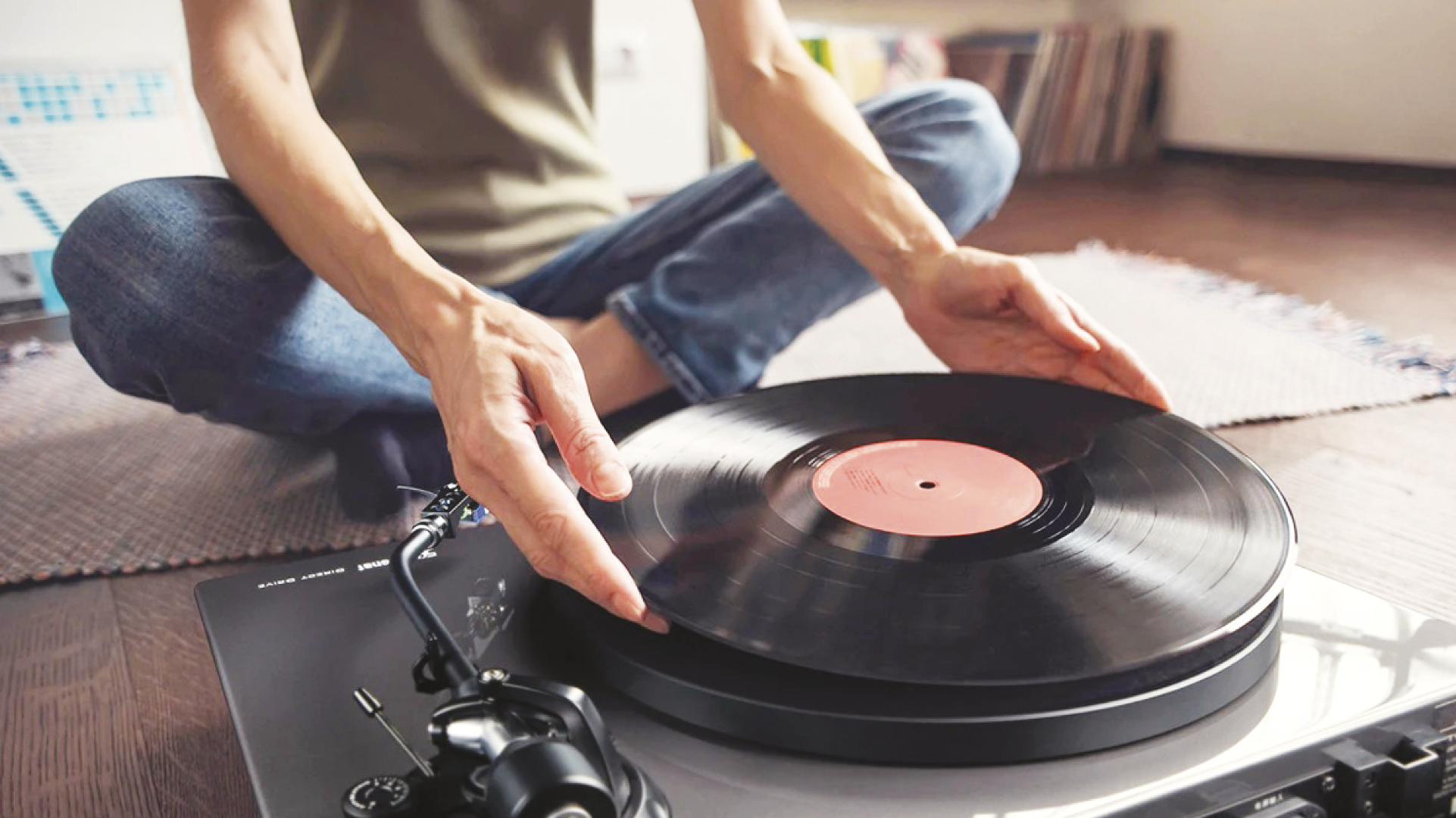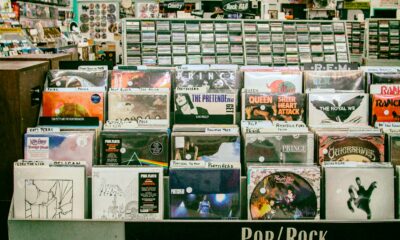Business
Vinyl Has Never Ceded
The resurgence of vinyl seems inexhaustible, like an eternal cycle of disappearance and rebirth. Today, it no longer sells as it once did, nor to the same audience as ten or twenty years ago. Collectors, DJs, and record sellers are bringing it back into the spotlight—but amid soaring prices, does it remain accessible, or is it becoming a luxury item?

While record stores are sprouting again in major Western cities, Casablanca lost its last iconic shop in 2018 with the closure of Boujemaa Gam’s store. Yet, interest in vinyl persists unwaveringly—even in Morocco.
During the 1970s, Morocco had around 100 music labels, a number that surged to 350 by the 1990s. Then came the decline, accelerated by the rise of digital. In recent years, however, local initiatives hint at a revival.
Take Souk l’Oustouwanat (The Vinyl Market), an event organized by the Hiba Foundation, now a staple for vinyl collectors and enthusiasts. Similarly, the label Dikraphone has begun reissuing forgotten gems of Morocco’s musical heritage, confirming a trend that transcends mere nostalgia.
Another sign of this renaissance is the opening of People’s Choice – Record ShoP in Casablanca a few years ago. Located at 12 Rue Abou Omar Al Harite, it’s the city’s only modern record store. Specializing in electronic music, it also offers a range of other genres.
More than a shop, People’s Choice is a cultural hub where vinyl lovers can listen to records in optimal conditions, thanks to high-fidelity sound systems, all within a welcoming atmosphere. This initiative embodies the renewed passion for vinyl and the desire to transform it into an object of shared experience.
Analog Love
Ihssan, aka The Digger with Dusty Fingers, is one of Casablanca’s most dedicated vinyl collectors and music enthusiasts. “Vinyl has always fascinated me. I remember the first Hi-Fi system in our home and the records my father bought, like the unforgettable Tagada.
In the 1990s, we abandoned that system, and all the records vanished—something that deeply affected me. I returned to vinyl in 2004, when it was largely forgotten. I’d hunt for records in souks or Derb Ghalef, starting with rock bands I loved before diving into disco, funk, and afrobeat. Later, I invested in vintage gear to recapture the sounds of my childhood and build a collection (now over 1,250 records).
Today, I occasionally DJ, just to share this passion,” he explains. With his impressive collection, Ihssan tirelessly works to preserve and elevate vinyl culture in Morocco. His influence extends beyond his personal archive, inspiring a new generation to embrace the format and discover the richness of analog sound.
Another key figure in Morocco’s electronic scene is Chaou B, a DJ and passionate collector. “My love for underground and electronic vinyl began as a teen, when I saw DJs mixing exclusively with records. At 18, I started building my collection, even though Morocco had no specialized record stores. I sourced discs abroad or through platforms like Discogs, Juno.co, and Deejay.de. Today, my collection nears 3,000 records,” he notes.
With physical shops scarce, many Moroccans now rely on Discogs Marketplace to acquire vinyl. This global platform offers vast catalogs—often at competitive prices—letting enthusiasts track down rare gems and expand their collections.
Beyond his acclaimed performances at international festivals and clubs, Chaou B founded the collective Rhytmics in 2017 to promote underground house music. Through collaborations with top-tier artists, he fuels Morocco’s musical diversity and vitality. By weaving vinyl into live and club performances, he introduces broader audiences to the tactile experience of records, cementing his role in the country’s evolving music ecosystem.
Vinyl, Vidi, Vici
This revival is part of a global resurgence. Demand is skyrocketing: according to a report by Exactitude Consultancy, the vinyl market is projected to grow from $17.98 billion in 2023 to $37.33 billion by 2030, with an annual growth rate of 11%.
Yet this passion comes with a paradox: as vinyl gains popularity, its rising prices make it increasingly inaccessible to younger generations.
Recent studies reveal a striking statistic: many vinyl buyers don’t even own turntables. In the U.S., nearly 50% fall into this category (per Luminate Data), while in the U.K., the figure is 20% (IFPI). Today, records are bought as collectibles, souvenirs, or merch—akin to T-shirts or posters. The industry has taken note: lavish packaging, limited editions, and colored vinyl cater to a digital-native generation hooked on e-commerce via Bandcamp, Spotify, or concert merch tables.
While enthusiasm thrives, soaring prices threaten to stifle it. By 2020, despite rising consumption, vinyl prices had surged. A new album now costs 400–800 DH, reshaping the buyer demographic. Cash-strapped listeners turn to streaming, while vinyl lovers are seen as deep-pocketed collectors.
Worse, production itself is a logistical nightmare. Rising raw material costs, 18-month production delays, and spiking shipping fees have turned vinyl pressing into a luxury. Once accessible to all music lovers, vinyl is becoming a status symbol for elites willing to splurge.
This raises a critical question: Is vinyl still a medium for listening, or just a collectible? If the format matters less, supporting music does: “Buy CDs, download legally, attend concerts. Music isn’t about the format—it’s about the emotion it evokes,” some argue.
Having long been the domain of outsiders, collectors, and diehards, vinyl now risks becoming a luxury for the privileged. Yet beyond the numbers, it still embodies an ethos: commitment, sensory immersion, and resistance to the total dematerialization of sound.












